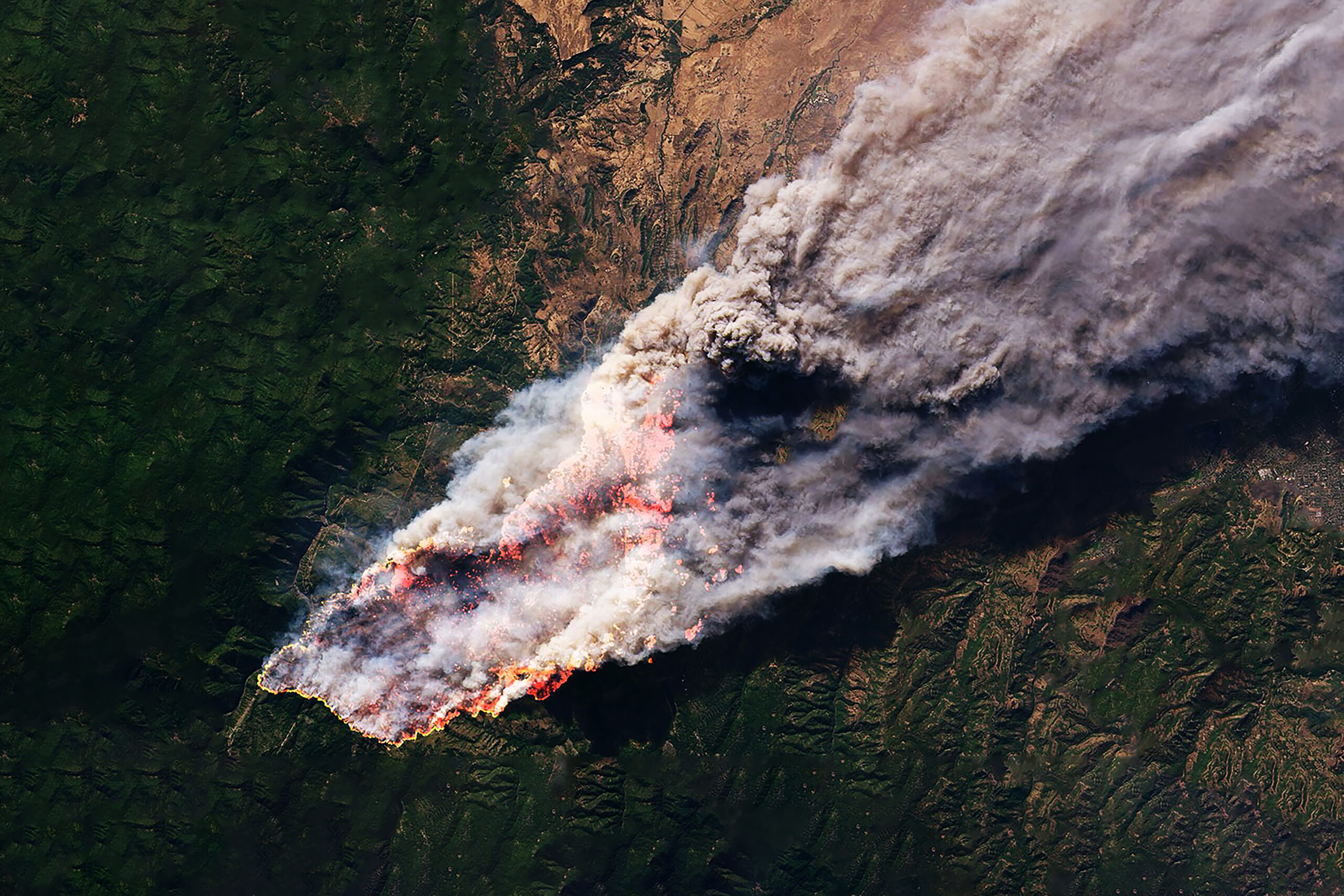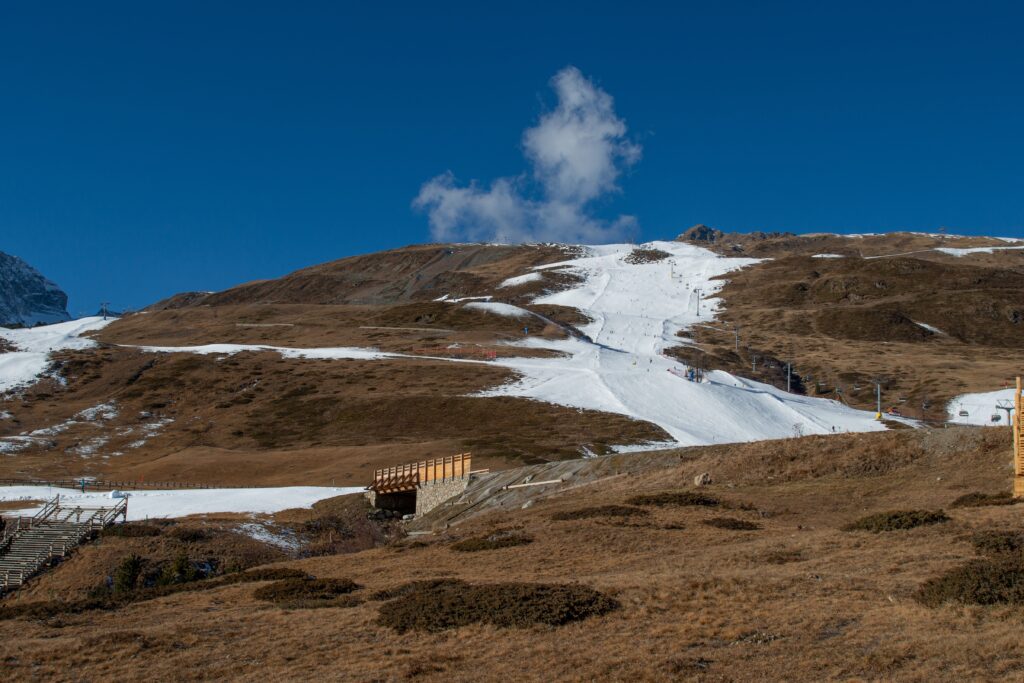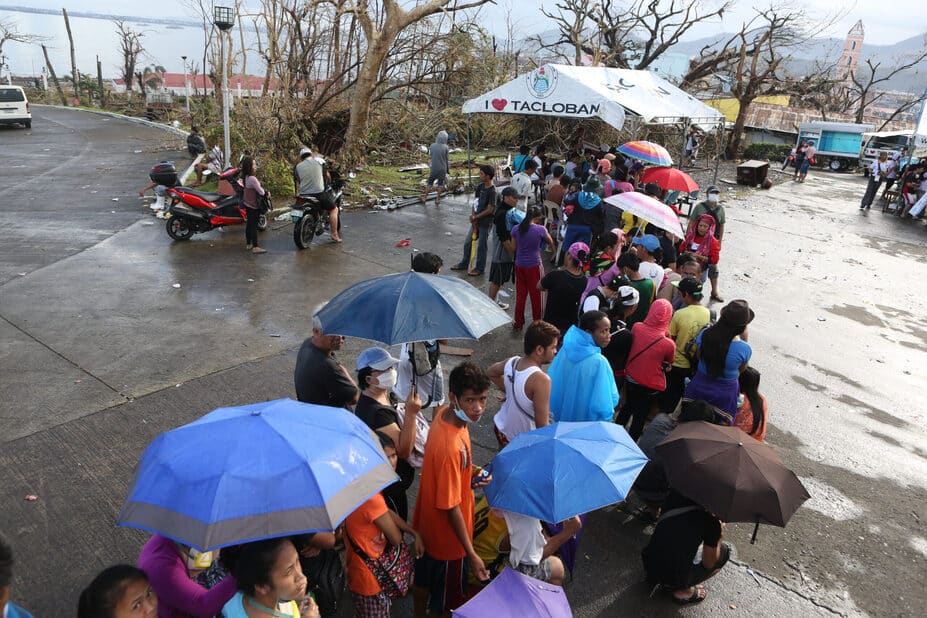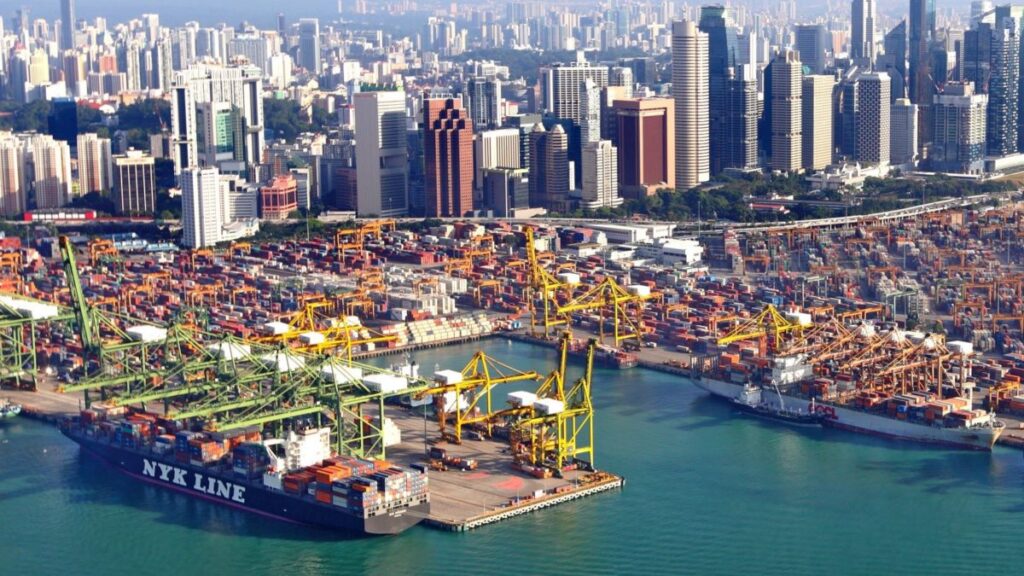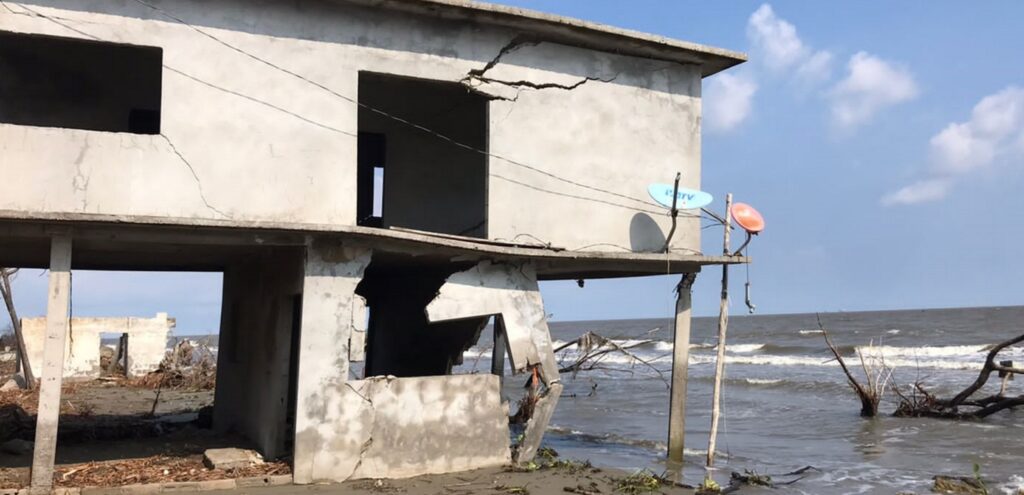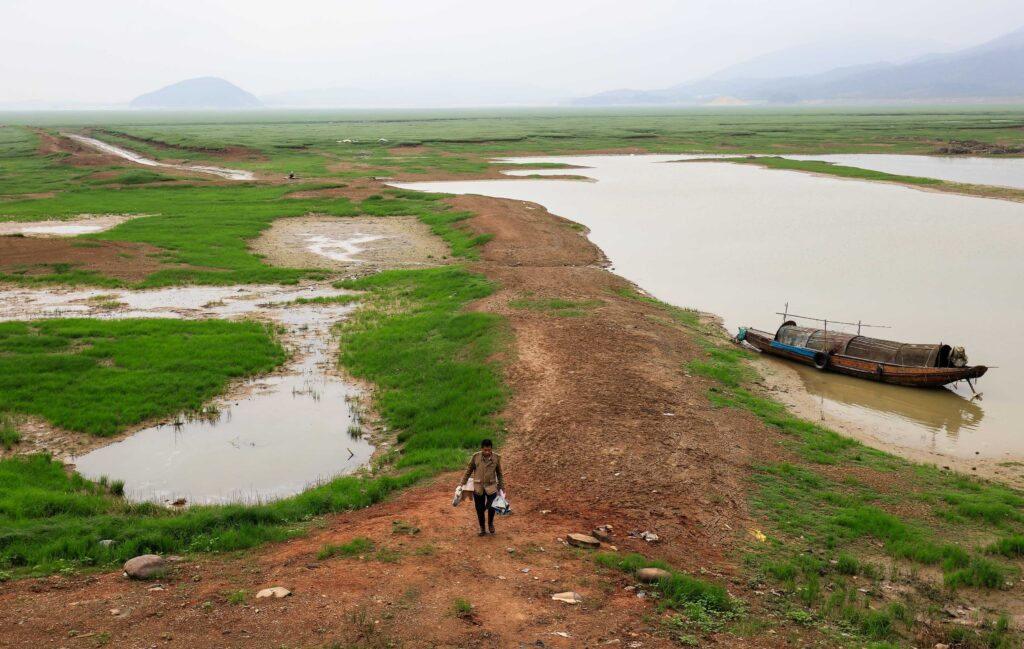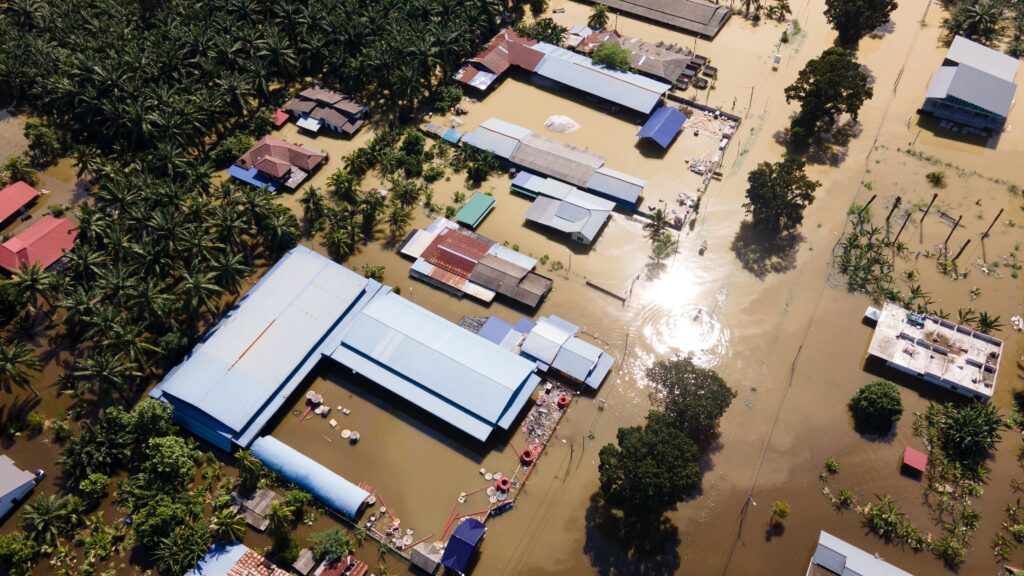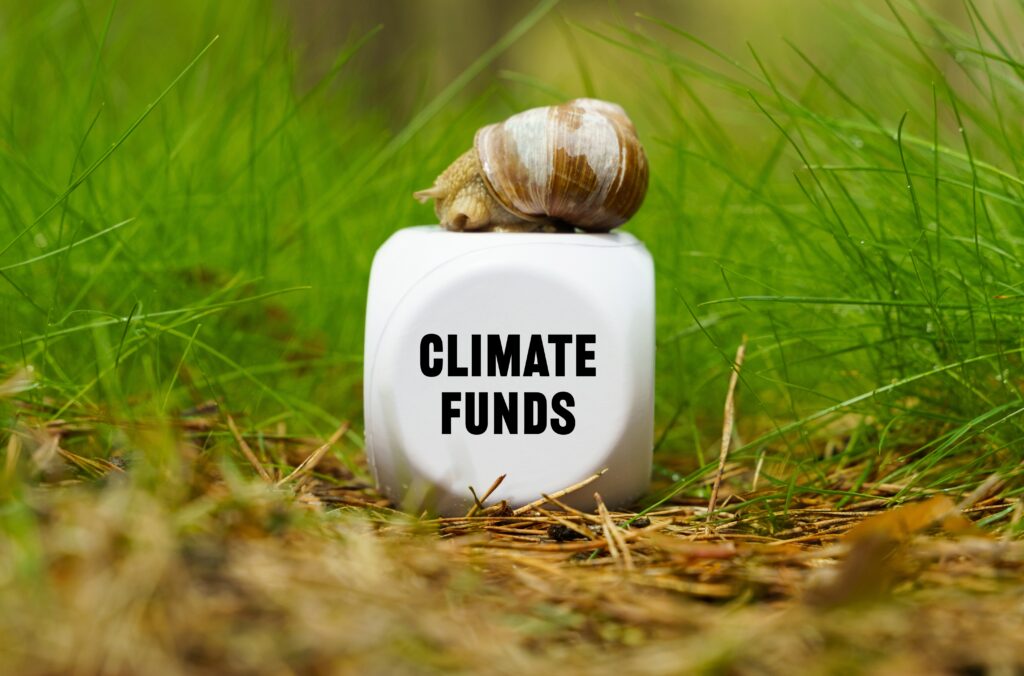El Niño is a climate phenomenon that refers to the warming of the sea surface in the eastern tropical Pacific Ocean. The effects of El Niño influence temperatures and precipitation worldwide.
In June, the National Oceanic and Atmospheric Administration (NOAA) confirmed that the El Niño phenomenon has once again begun and is expected to gradually strengthen over 2023 and 2024. With global temperatures already rising, the world is entering what some call “unprecedented territory” with the climate extremes it might bring.
The Effects of El Niño Phenomenon
Scientists are warning that El Niño will intensify heating on an already scorched planet. “We just had the eight warmest years on record, even though we had a cooling La Niña for the past three years and this acted as a temporary brake on global temperature increase,” said World Meteorological Organisation (WMO) Secretary-General Professor Petteri Taalas. “The development of an El Niño will most likely lead to a new spike in global warming and increase the chance of breaking temperature records,” added the professor.
In addition to influencing global temperatures, the effects of El Niño have been linked to crop failures and disruptions to fisheries. It also can cause wildfires, drought, flooding and a higher risk of disease. According to a study in the journal Science, this year’s El Niño episode could lead to global economic losses of USD 3 trillion due to such impacts.
What Causes the El Niño Phenomenon?
The El Niño-Southern Oscillation (ENSO) is the Earth’s most influential driver of climate variability, describing the periodic shift between the contrasting climate patterns of El Niño and La Niña. El Niño is its “warm” phase, and La Niña is its “cool” phase – with a “neutral” stage in the middle of the continuum.
El Niño and La Niña
Historically, El Niño generally lasts for nine to 12 months, while La Niña lasts for one to three years.
El Niño event occurs when sea surface temperatures in the central and eastern equatorial Pacific ocean become warmer than average, which leads to a shift in atmospheric circulation. Generally, the equatorial trade winds blow east to west across the Pacific. El Niño events are associated with a weakening or reversal of these winds.
In contrast, La Niña occurs when the equatorial trade winds strengthen, changing ocean surface currents. The current draws up the cooler deep water from below, which generally suppresses temperatures in the central and eastern tropical Pacific.
Is Climate Change Impacting El Niño Events?
While the ENSO cycle is a natural phenomenon, Michael McPhaden, a senior scientist at NOAA, says climate change might be fuelling the intensity of its impacts. “Extreme El Niño and La Niña events may increase in frequency from about one every 20 years to one every 10 years by the end of the 21st century under aggressive greenhouse gas emission scenarios,” said McPhaden. “The strongest events may also become even stronger than they are today.”
With countries across Asia already scorched by record heatwaves in early 2023, the arrival of El Niño could lead to even more intense and destructive climate extremes. Faced with even more unprecedented record temperatures, governments from at-risk nations are racing to mitigate the potential impacts.
More Heat, Drought and Fires in Australia and Indonesia
The effects of El Niño bring hotter and drier conditions to Australia, increasing the risk of bushfires. Climate change has already lengthened the continent’s fire season, and the frequency of wildfires has increased – even in its recent wetter La Niña years. Experts are particularly concerned that the excess vegetation growth from the three years of La Niña will only provide extra fuel for the fires, and the nation’s firefighters are racing to prepare for the fire season, which has already begun.
Meanwhile, more drought means Australia’s wheat and barley production is forecast to fall by 34% in the 2023-24 financial year. As the world’s second-largest wheat exporter, supplying mainly to buyers in Asia, including China, Indonesia, and Japan, the impact on food security and prices could be widespread.
Indonesia will feel similar effects due to El Niño and is expecting a severe dry season that will threaten harvests and increase wildfire risks. To mitigate any upcoming crisis, the government has instructed regional authorities to form groups of volunteer firefighters and recommended that farmers invest in more drought-tolerant seeds.
It has also provided coaching to at least 13 million farmers over the past four years to improve food security amid extreme weather. The country’s trade minister has also said the country is ready to increase the amount of imported rice if necessary.
Agriculture and Fisheries Industries Impacted in South and Southeast Asia
The research and analysis group the Economist Intelligence Unit (EIU) says it expects El Niño will strongly affect local agricultural and fisheries sectors across South and Southeast Asia. Indeed, Reuters reports that El Niño is already threatening food producers across Asia, impacting palm oil and rice production in Indonesia, Thailand and Malaysia – the latter of which supplies 80% of the world’s palm oil.
Poor or lost harvests will push up food inflation and hit rural household incomes, says the EIU. These shocks might be disproportionately severe in many of the region’s emerging markets, given the importance of agriculture to these economies, it says.
Strains on Electricity and Water Resources Across Asia
The EIU also predicts that hotter temperatures will push up power demand across Asia. Combined with the potential pressures on local hydropower resources due to less rain, this could force power rationing to curtail industrial activity – as experienced by China and India in recent years. This could particularly impact industries heavily dependent on electricity and water resources, such as the textile, automotive, construction and automotive industries.
Evelyn Smail
Writer, United Kingdom
Evelyn is a freelance writer and journalist specialising in climate science and policy, the just energy transition and the human impacts of climate change. She writes for independent publications, NGOs and environmental organisations. Evelyn has a background in sustainable development, climate justice and human rights.
Evelyn is a freelance writer and journalist specialising in climate science and policy, the just energy transition and the human impacts of climate change. She writes for independent publications, NGOs and environmental organisations. Evelyn has a background in sustainable development, climate justice and human rights.

